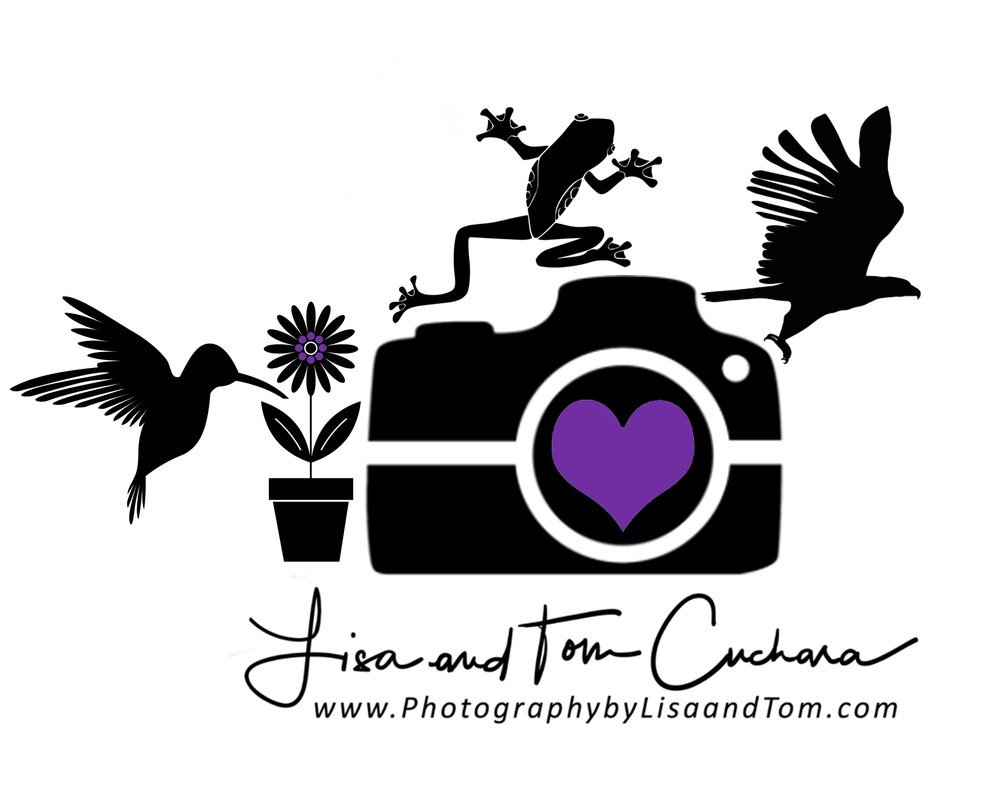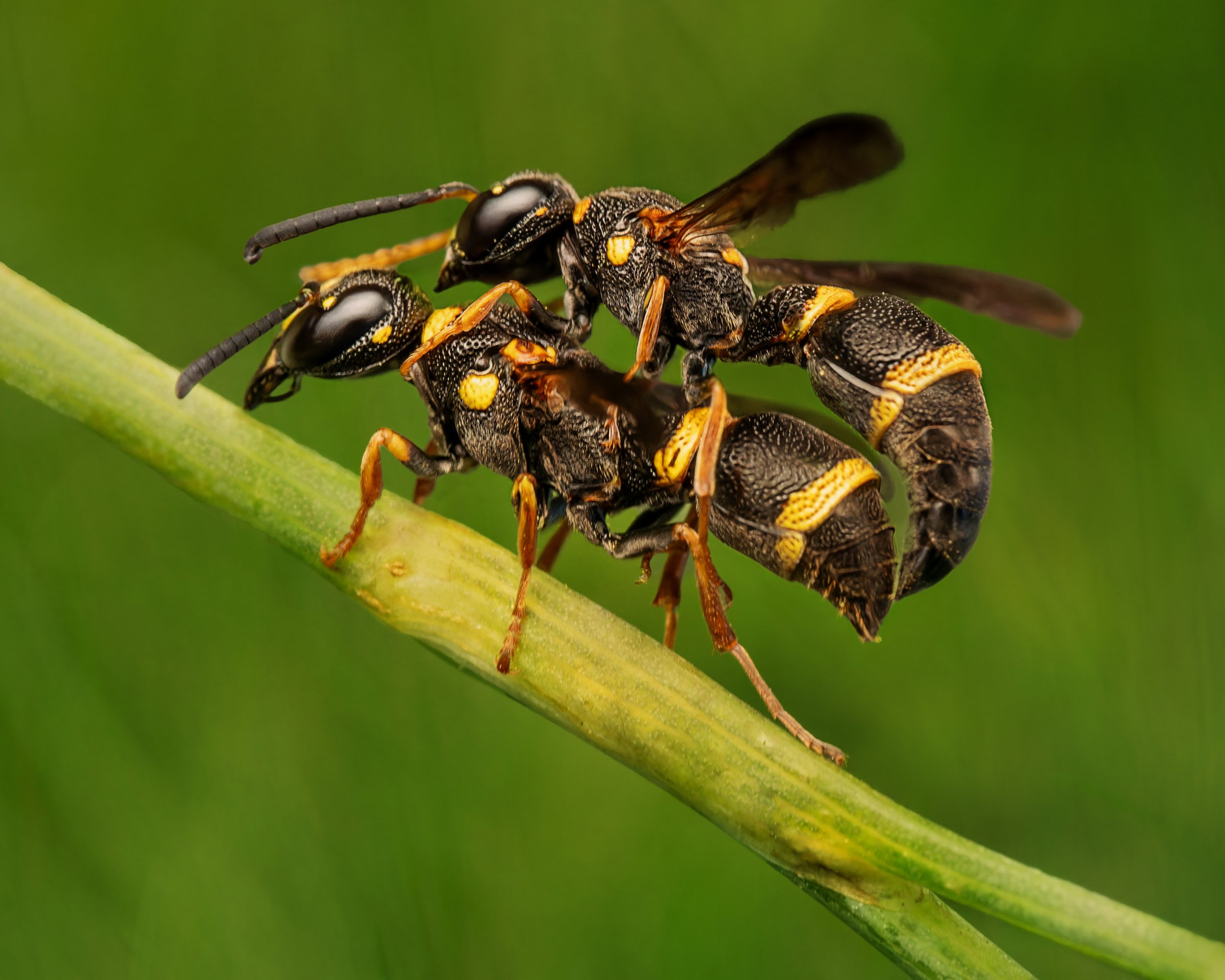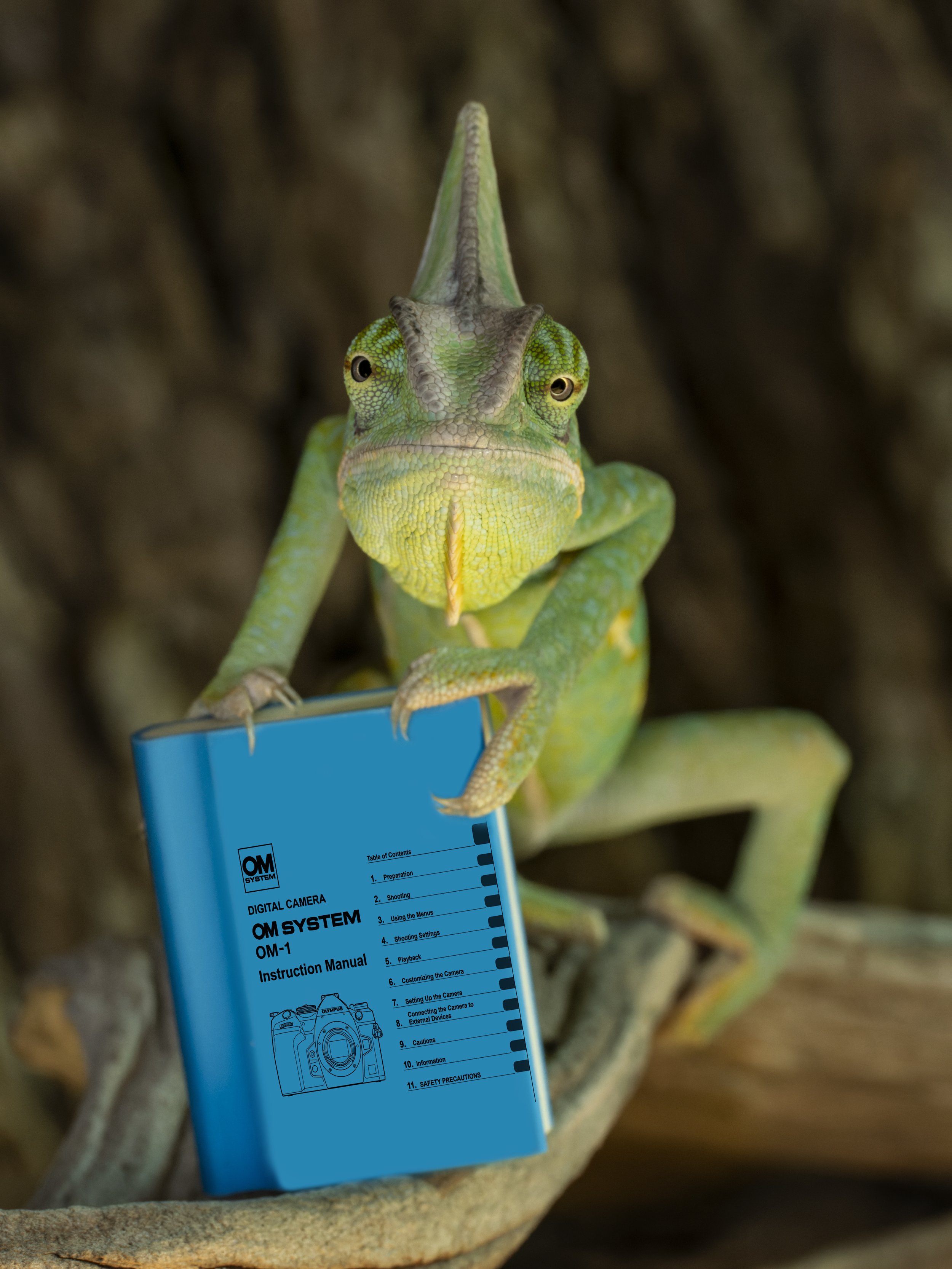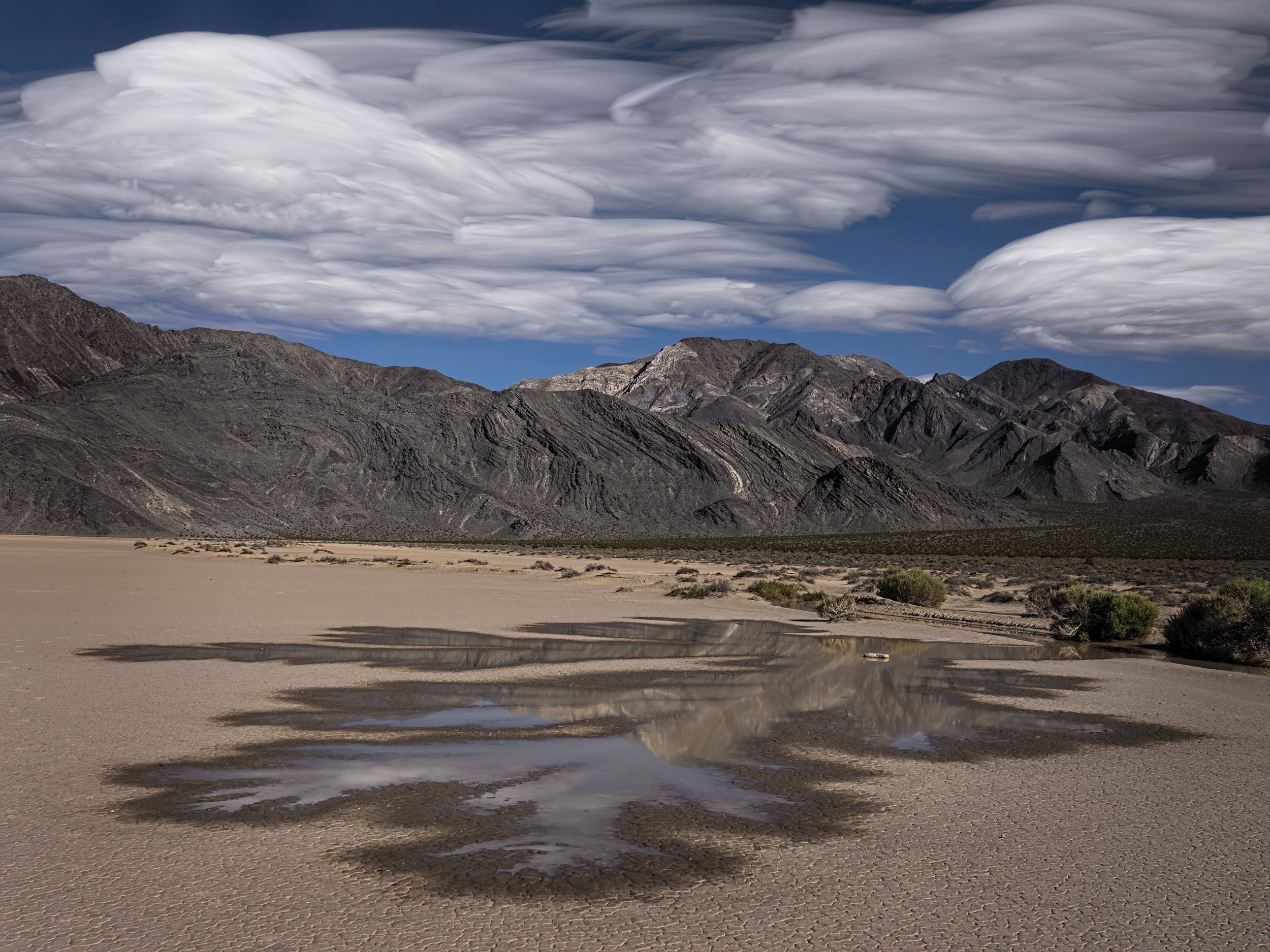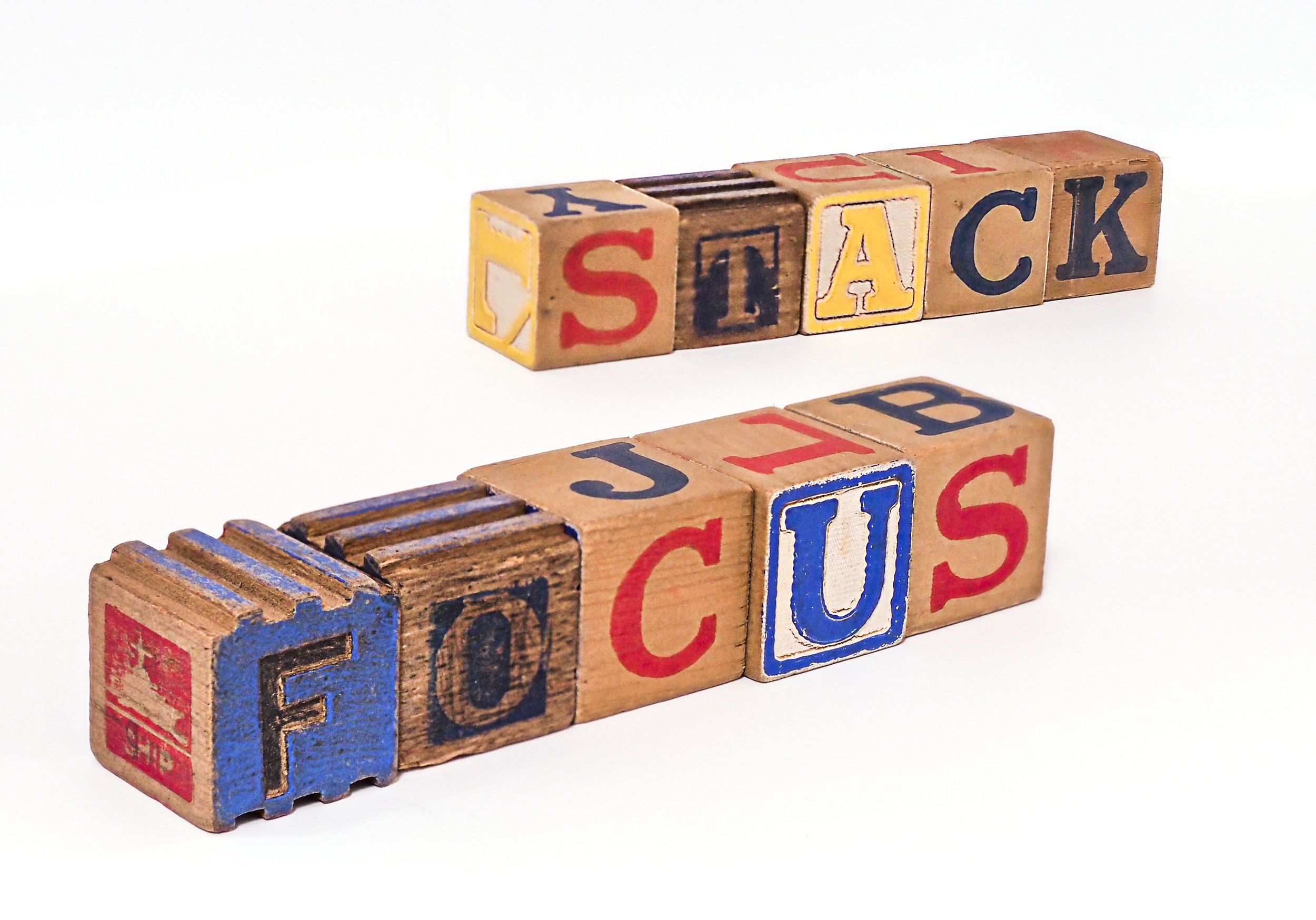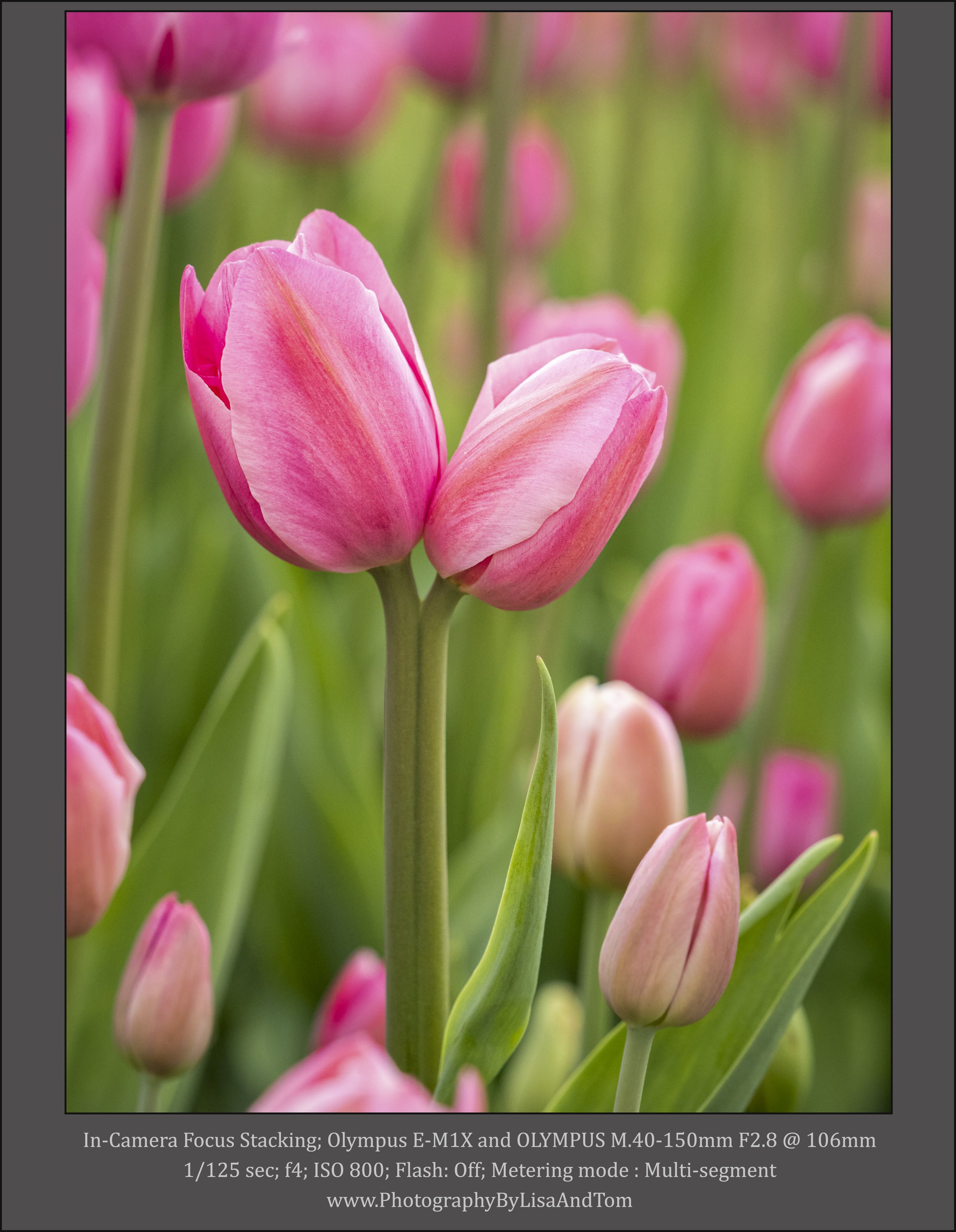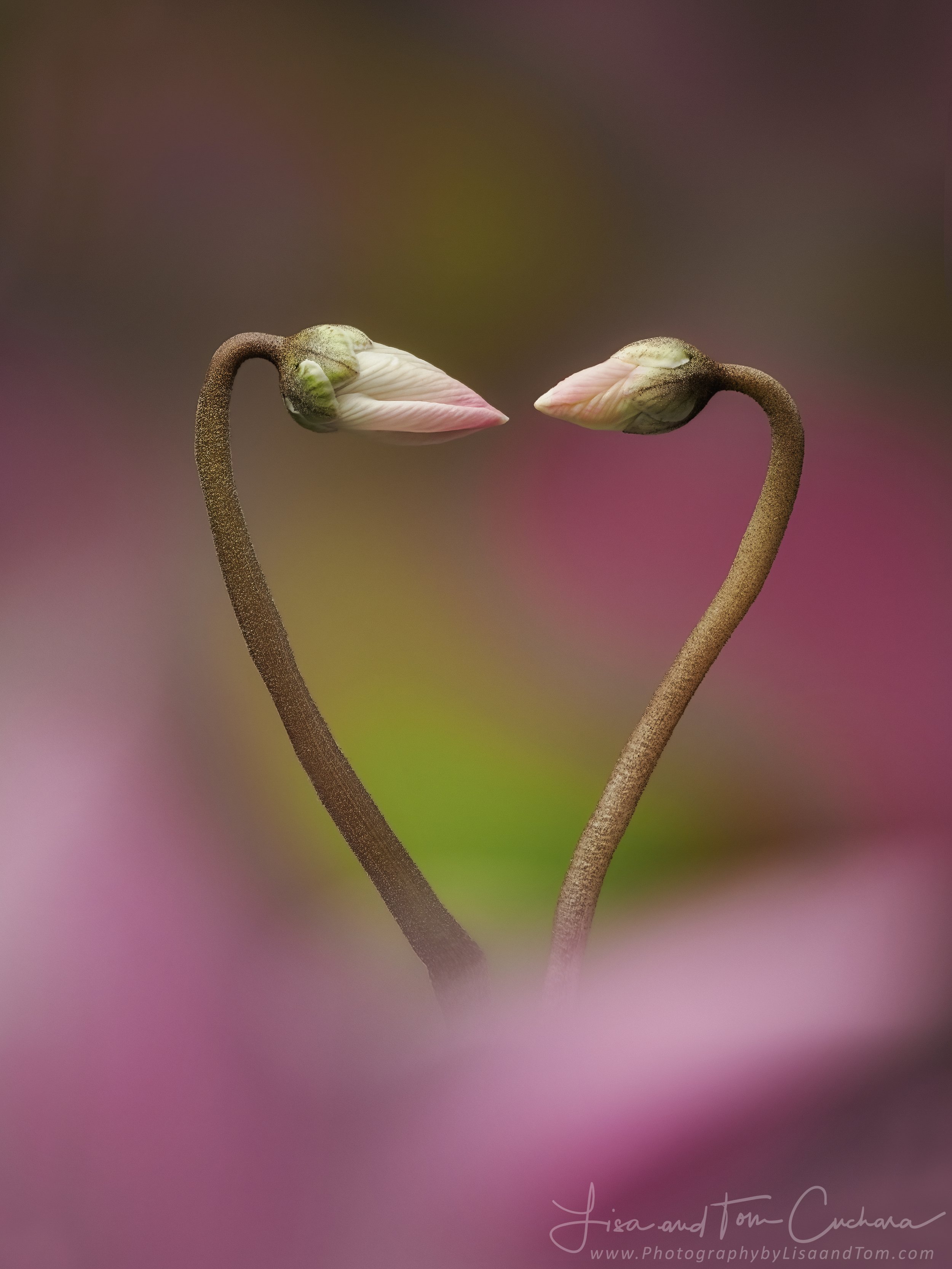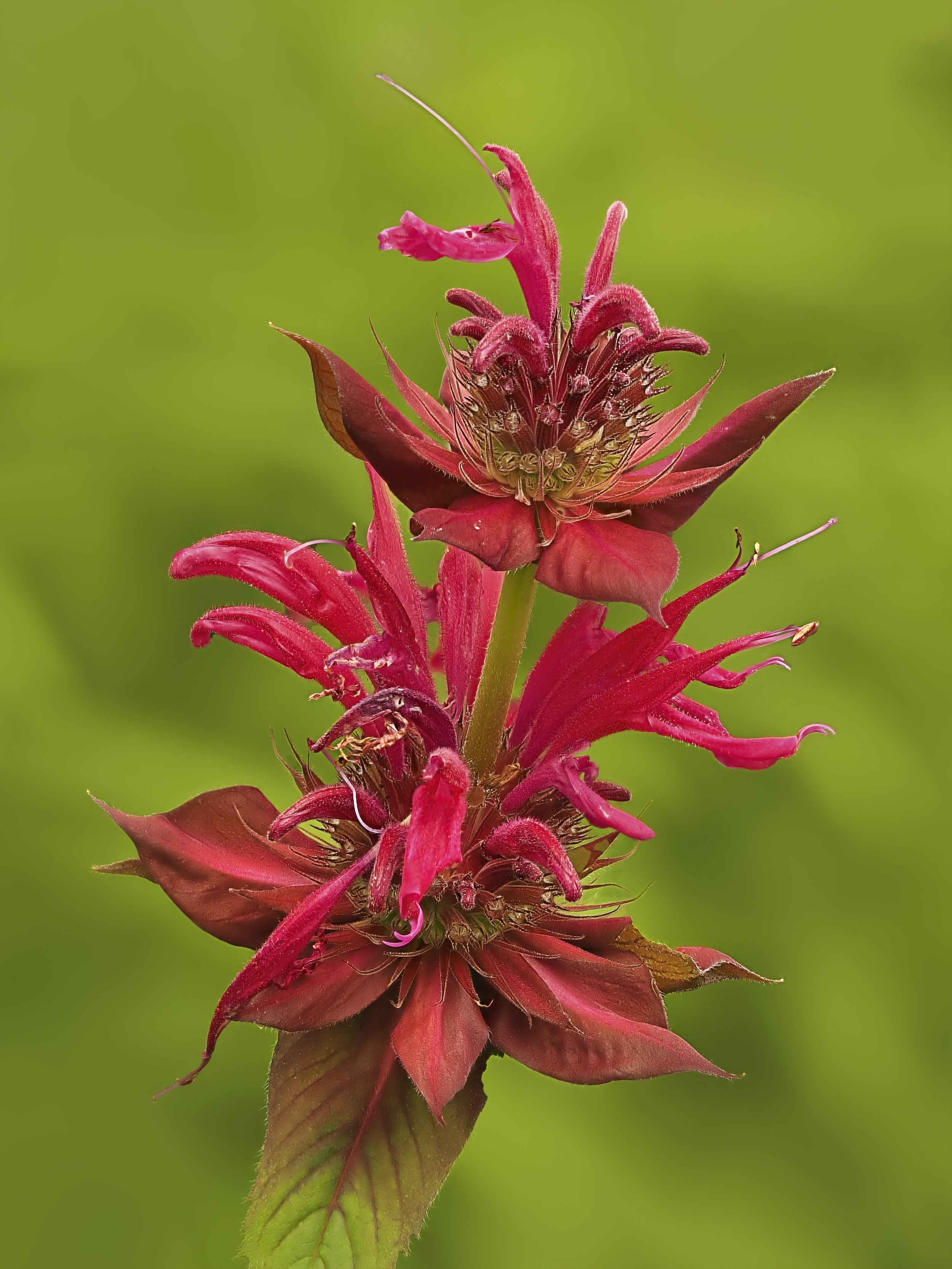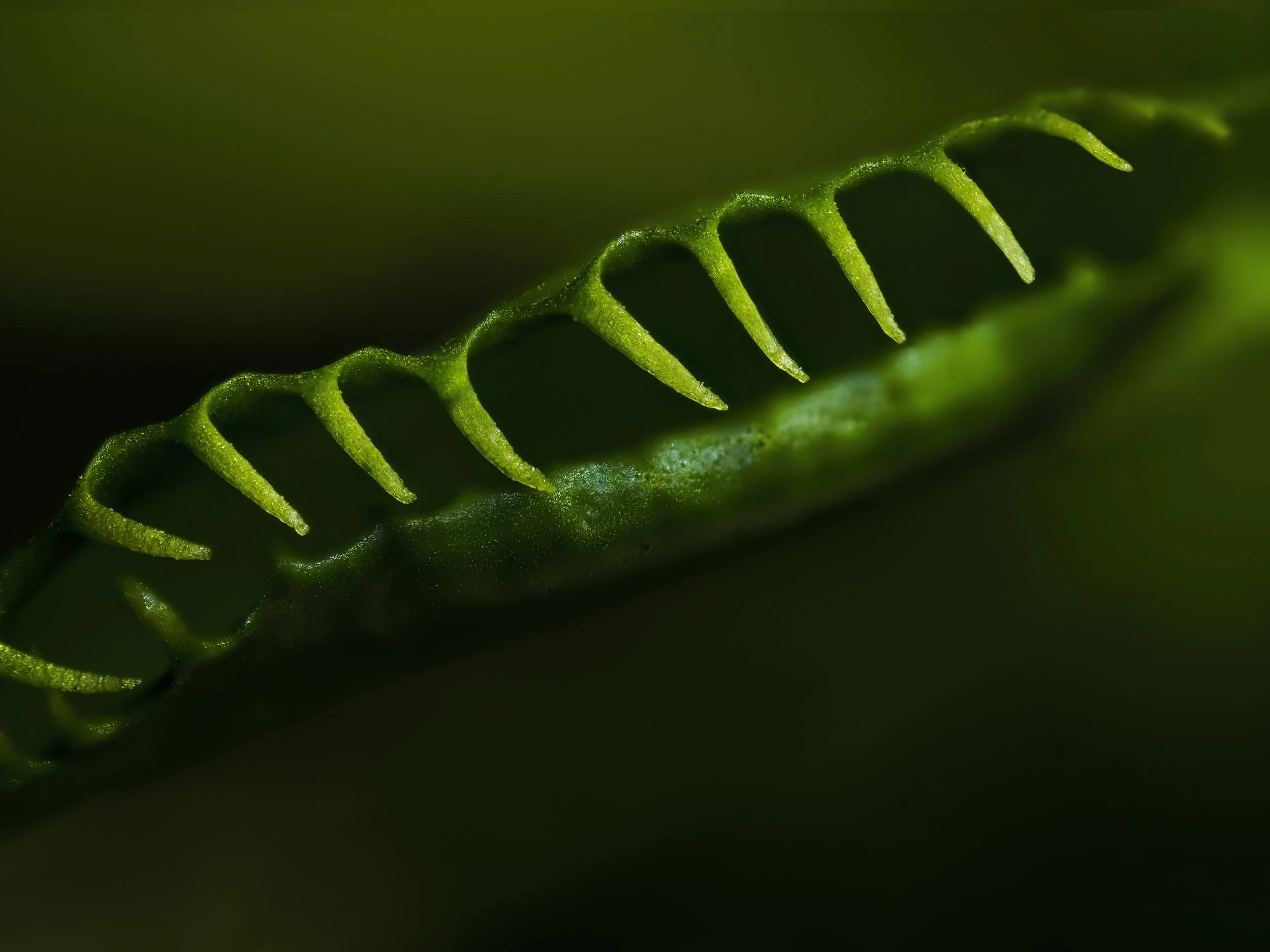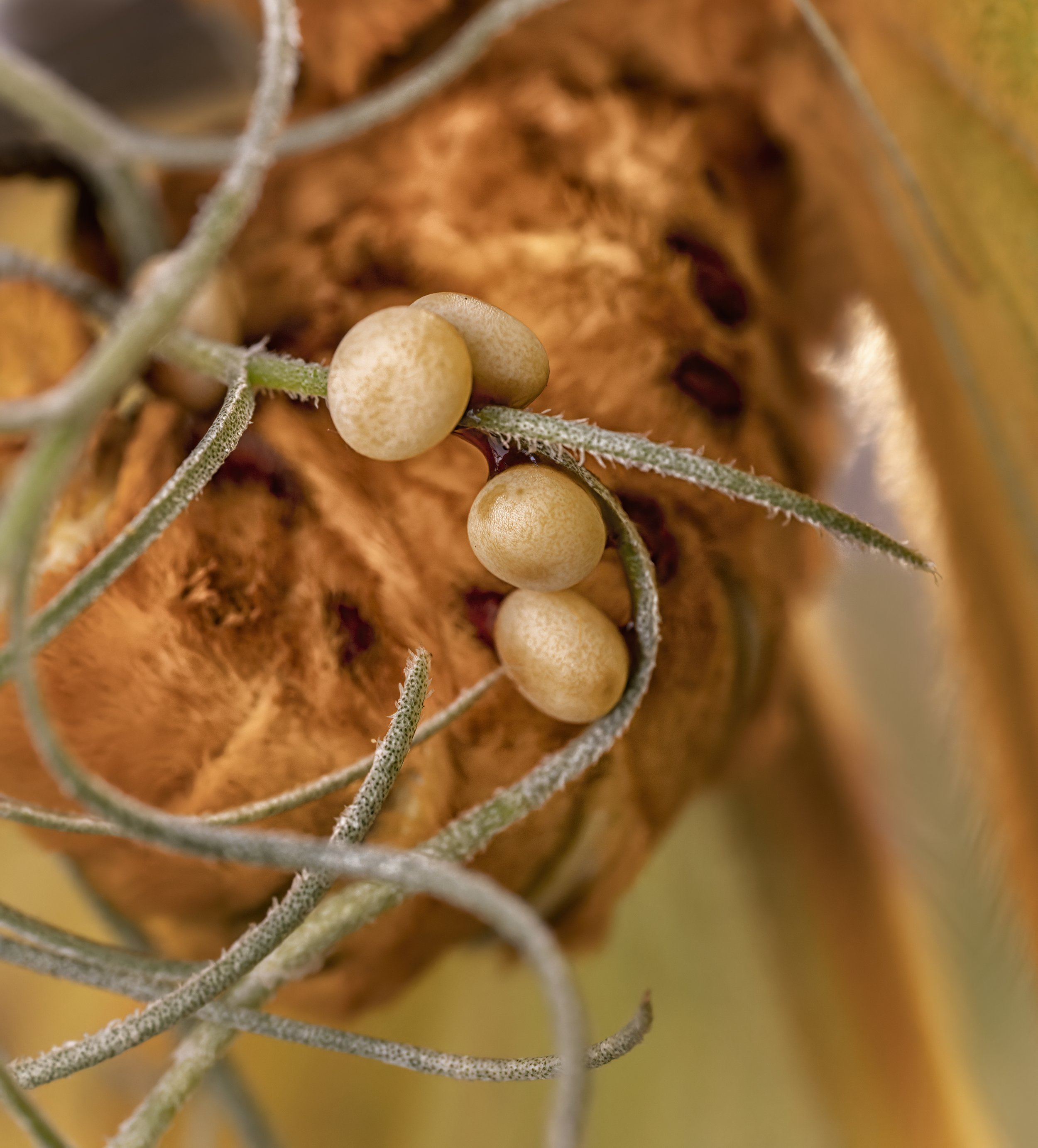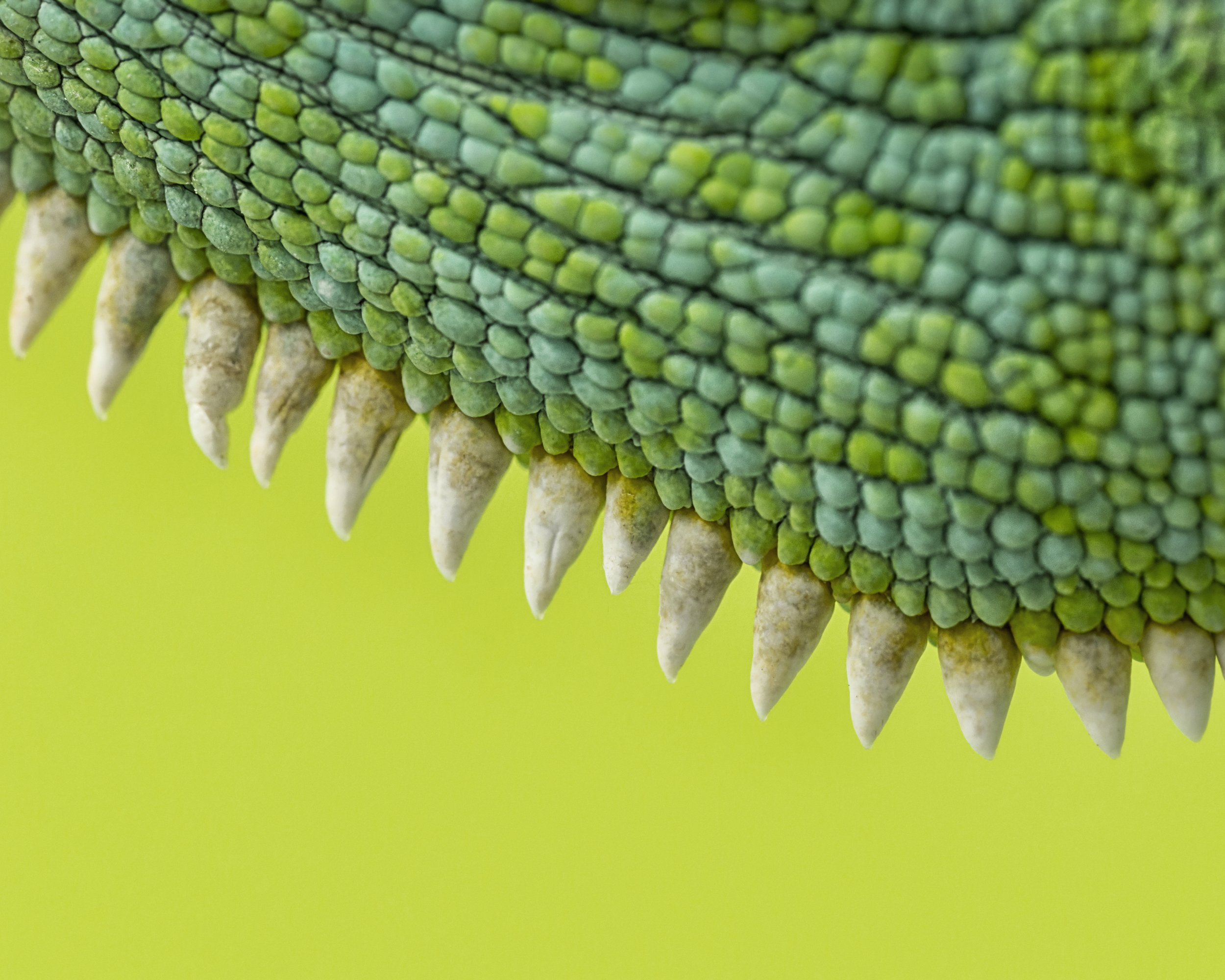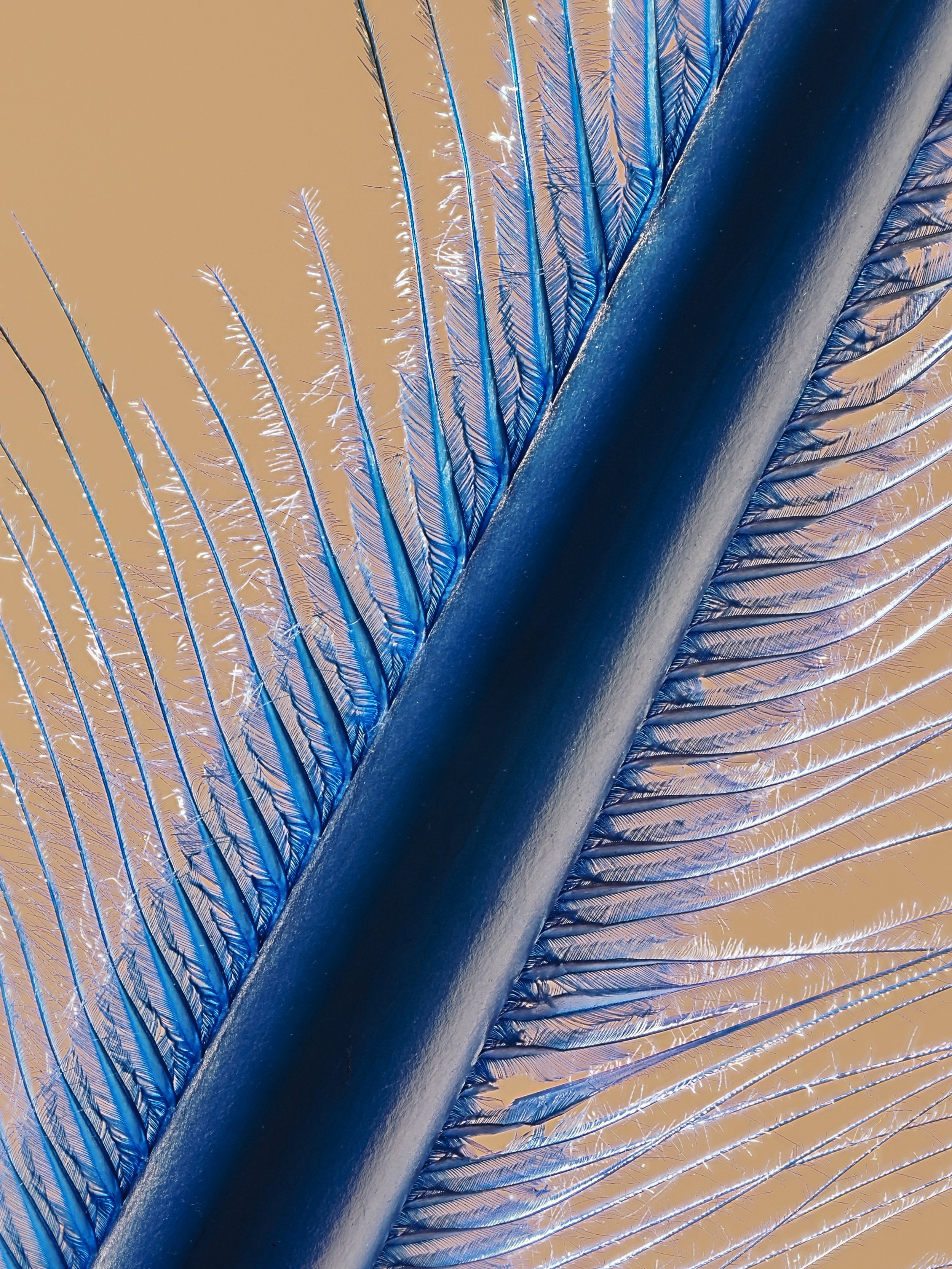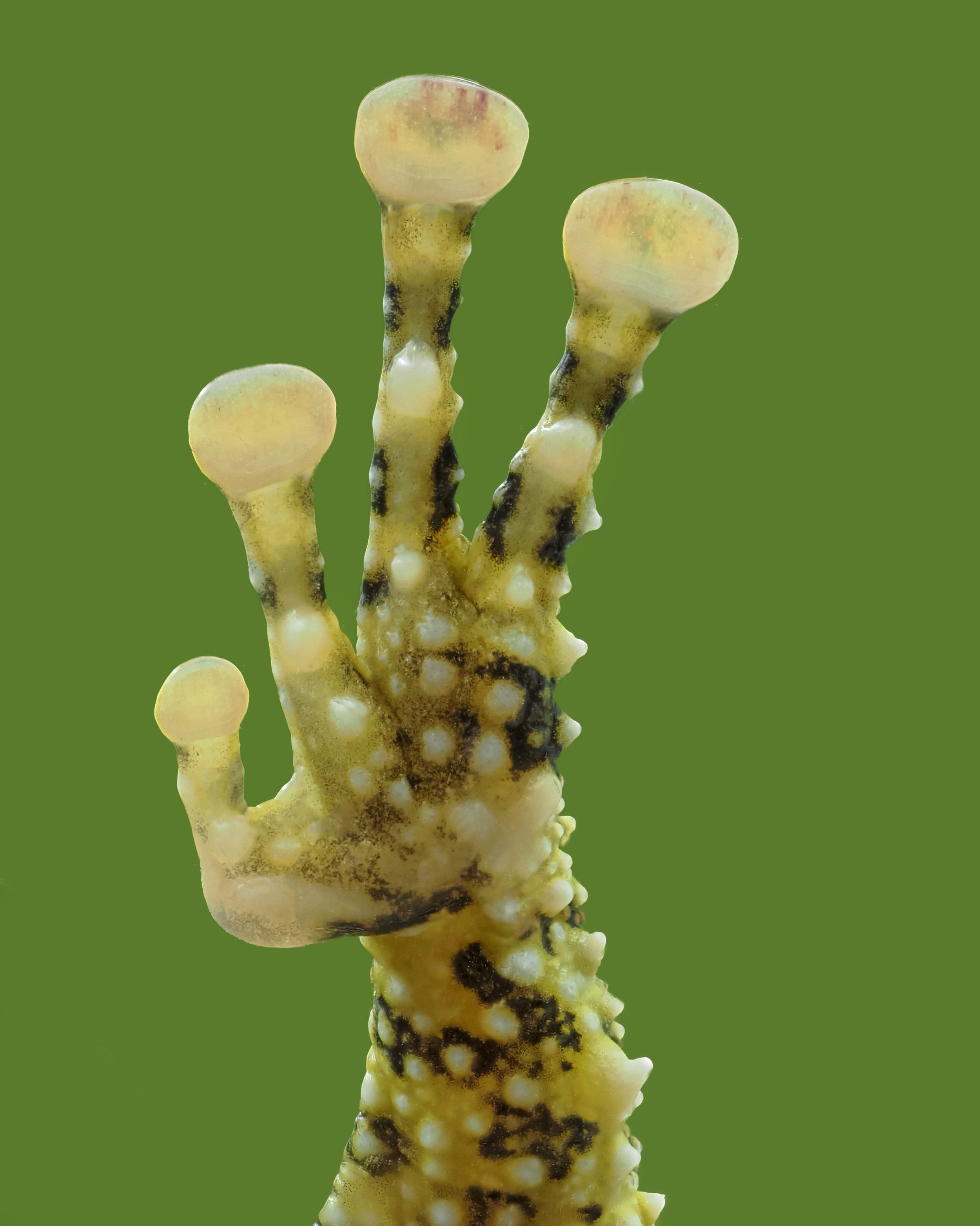Tom and I are asked often why we chose Olympus/OM SYSTEM mirrorless cameras. For us, there is no other camera system that allows us the ability to have one camera body that can create awesome photographs of stars, maco, birds, and computational technology all in one camera body. We were both Canon for decades (since we were teenagers). Now we both believe that the best camera is the one that you have with you, and “The single most important component of a camera is the 12 inches behind it.” ~Ansel Adams, but for us Olympus/OM SYSTEM allows us to have more FUN and to be more productive and it is the best fit for us. We have people attend our photo events with cameras of ALL makes and models (film cameras, dSLRs, mirrorless, medium format, iPhones, smartphones, Canon, Nikon, Fuji, Pentax, Sony, Panasonic, Olympus/OM SYSTEM, etc.)! When people come with us on one of our photo tours we love to motivate our participants to capture photons and manipulate pixels. One of our biggest strengths is our enthusiasm and our ability to inspire others.
Tom and I have been using 100% Olympus (now OM SYSTEM) since 2017. It was specifically the computational technologies (and the awesome lenses) that the Olympus/OM SYSTEM gear offered that enticed us to switch (and we have never looked back!): features such as Live Composite, LiveTime, LiveND, Pro-capture, in-camera focus stacking, time lapse, image stabilization, and a whopping 50-120 frames per second all make this camera system stand out to us). Now add Live Graduated ND too! Tom and I tried Fuji (Tom) and Sony (Lisa) before going Olympus (there were no good Canon or Nikon mirrorless cameras in 2016-18 when we were making the switch), but they never lured us away from our Canon cameras, it took Olympus to do that.
I should add that Tom and I did not just “go mirrorless, we went Olympus (now OM SYSTEM mirrorless due to the amazing features of the EM1 Mark II!! It was actually the Live Composite technology that first caught our attention. This amazing Live composite technology means that during the long exposures of Bulb you can SEE the exposure building, but more than that, it freezes the ambient light and only adds NEW light to the image as it is exposing. The ability to do light painting and to know exactly what I was getting was amazing -- to stop the exposure (versus the trial and error of light painting with a dSLR). Doing star trails in-camera without noise (since the camera stacks the lights similar to stacking layers for star trails in post-processing) and being able to SEE the exposure while it was exposing was a game-changer (think of a glass oven door and you get to watch the brownies cook and take them out when “chewy” or crunchy” to taste). On one of our trips to the Palouse I had one Olympus EM1 Mark II camera capturing Live Composite star trails (doing some light painting at the start of the images) and then my second Olympus EM1 mark ii camera taking Milky Way and shorter exposure Live Time exposures. Tom and I photograph at night quite a bit and we also do a lot of lightpainting (day and night, insdie and outside) and being able to see the exposure and freeze the ambient light is just amazing! We also love using Live Time during the day when using our ND filters. Cloud stacking during the day using Live Composite is also a lot of fun!
Here are some other features besides Live Composite that we find so valuable in helping us create images with our OM SYSTEM cameras, for example (I bold underlined the feature/technologies unique to OM SYSTEM:
Focus stacking in-camera, OMG! See the poppy below, f2.8 creates an image with a soft pleasing background but only one leaf is sharp and even the bud is out of focus. F22 allows the entire flower to be sharp but we have lost the bokeh and the background is distracting. Then the third one is focus stacking with the best of both worlds. We love in-camera focus stacking, and when we need to photograph a more magnified subject then we can also focus bracket in-camera and stack in software, but the in-camera focus stacking is soo much fun that I rarely take just one flower or insect photo and instead choose to focus stack. And this can easily be done handheld, unlike focus-shifting in other cameras which currently needs to be done on a tripod.
Birds, Birds, Birds. Tom & I photograph a lot of birds. Getting Bird AI AF subject detection in our cameras increased our keeper rate immensely. The camera looks for the bird, then the head, then the eye and tracks the bird as it flies. And you can capture things that your eye just cannot see, subtleties
Pro-capture. To be able to go ‘back in time’ and take photos before you trip the shutter is just amazing for decisive moments and unpredictable bird and wildlife behaviors. You focus on the subject, press the shutter down halfway, and the camera places those images into memory, continually removing the oldest and adding new images to the buffer, but those images are not written to the card until you press the shutter down. At that time images from BEFORE you pressed the shutter as well as afrter are written to the memory card. FYI, there are now some mirrorless cameras offering a version of this, but currently, those are limited to small JPG files and not full-sized RAW files. Game changer, think about a green heron standing still for 15 minutes and then lunging for its prey, or a king fisher bursting from the tree, or a bald eagle taking off — with procapture you nailed it!
Starry Sky AF AI — Focusing at night is hard, but not with Starry Sky AF AI, you just place a large focus target in the sky and press and wow, the stars are in focus for the rest of the evening (unless you turn off the camera). No more blurry stars. I once did a dSLR timelapse in Death Valley where I missed the focus and got 300 blurry starscapes. If you photograph the stars, this will make creating images so much easier!
Night Liveview (Night LV) also helps you compose at night (and when using ND filters, flash, etc.). Night LV also means no more iso 6400 test images are needed, as you just press the button and it’s like you just added those night vision goggles to your camera and you can see in low light, game changer!
High Res Shot— The stacked sensor design, processing power, and image stabilization system enable this mode to composite a series of 8 or 12 images into a single higher resolution frame. Tripod High Res mode produces an 80MP raw file and Handheld High Res mode produces a 50MP raw file, and both modes offer up to 2 stops of reduced noise and improved color information. Learn more about High Res Mode.
Live Neutral Density (ND) and now Live Graduated ND — sooo cool to be able to achieve long exposures, as this ND works with all lenses without carrying a filter and step up rings with you. Long exposures allow you to manipulate time, and that is really what photography is all about — time and light.
Weathersealing. I have yet to hear of an owner of a camera other than Olympus/OM SYSTEM cameras pour a bottle of water over the camera to wash off sand, or palce their camera in the shower to wash off salt. The Olympus/OM SYSTEM cameras and most of the lenses are weatherproof! It is so nice taking it out in rain or snow and not having to worry or bring along cumbersome weather jackets (humans will always be bothered by weather before my gear will). It is liberating being able to photograph all day in the pouring rain without any bulky rain cover.
We also love using Live Time during the day when using our ND filters. You get to see the exposure developing the exposure. So if you are at a waterfall, stream, piers, you
Live composite is mainly used for clouds stacking in-camera, but it is so much more than that, as it freezes the ambient light and only adds new light during the subsequent exposures. This makes it great for star photography in areas with light pollution, buildings, lighthouses, etc. Cloud stacking using Live Composite is also a lot of fun! The clouds take on this painterly feel.
Multiple exposure (sequential or asynchronous) with overlay so that you can easily line up your images.
You can reprogram most of the buttons on the camera, you can customize four shooting modes, plus have your choice of menu items on the “My Menu” area.
The articulating LCD screen — helps my creativity, especially when I am going vertical or trying to get a reflection in a puddle. It is also useful when I am light painting. You would be surprised at how something so seemingly simple can impact your creativity.
The mirrorless cameras are almost all lighter in weight than dSLRs and that certainly is an attraction to the mirrorless cameras in general. Smaller and lighter allows photographers to be more creative since we can go all day with our gear since it weighs less. Now combine the smaller, lighter camera with an articulating screen and an amazing and I mean amazing Olympus image stabilization (IBIS) and now you are talking about creativity. With my dSLR system I lugged a heavy tripod everywhere as I knew my handheld shutter speed limitations, which typically meant making sure that my shutter speed was faster than 1/250 second. With my Olympus EM1 Mark II I could consistently shoot shutter speeds of 1/8 second exposures that were tack sharp. I can sometimes even use a slower shutter hand-held, like ½ second (and even 2 seconds) and come away with a decent proportion of keepers. The OM1 camera has even better IBIS This means that I can set one camera up on a tripod and use live time with a ND filter or create a time-lapse image and have the other camera for creating handheld images. The Olympus IBIS and lens IS gives it advantages over dSLRs and also over other mirrorless cameras.
Tom and I went to Cuba photographybylisaandtom.com/Locations/Cuba-BW and photographybylisaandtom.com/Locations/Cuba-Color December 2017 and we both brought only our mirrorless Olympus cameras (we each have two EM1 Mark IIs) -- and we never once lamented about not having my dSLR, and I even commented that I would have been exhausted had I been using my dSLR system given the miles every day we walked. Our trips have been 100% Olympus (now OM SYSTEM). We did take one trip in March to Florida back when we first went Olympus where we took both the dSLR (both Tom and I owned a 500mm f4 lens) and our Olympus systems with us. The dSLRs never made it out of the hotel room and it was the last time that they were even taken out of the closet, so we sold all of our Canon equipment. Our birding was great with the Olympus 300mm with a 1.4X (840mm) and my 40-150mm (aka 300mm) perfect for flight shots. The frames per second and focusing was great -- and Pro-Capture was very useful for those patiently stalking green herons. In the dSLR world I did not participate in the Nikon/Canon “which is better” debate since it was like six of one and a half dozen of the other, but I am always singing the praises of my EM1 Mark II because the features are out of this world!
Live Composite, this was BIG reason why we went Olympus – the computational technologies just ROCK! The other mirrorless systems all have live image assessment and that is such an advantage, but they have very little computational technologies and none have Live Composite, this is only in Olympus/OM SYSTEM cameras.
Live Composite is a unique long exposure mode that allows you to gradually build up an exposure over time without overexposing key elements within the frame. This mode works to only record newly detected light sources over time, and allows you to watch as an image develops, making it ideally suited for photographing star trails or other moving light sources.
Live Composite mode is a little more complex as it enables you to shoot a long exposure that’s made up of a series of shorter exposures, each of the same duration.
These images are shot automatically until you press the shutter release to stop the exposure. The camera overlays the images and applies the equivalent of a Lighten blend mode in Photoshop so that after the first exposure, only the brighter areas of subsequent images show up. It’s perfect for shooting subjects like fireworks, traffic trails or painting with light because areas like the sky don’t burn out while you wait for the light trails to develop.
Other Features
The Olympus is weatherproof, it is so nice taking it out in rain or snow and not having to worry or bring along cumbersome weather jackets (the reps say that humans will always be bothered by weather before the Olympus will)
Durable, Weather-Sealed Build. The lightweight, durable magnesium alloy body design is dust- and splash-resistant with an IP53 rating for ensured use in trying weather conditions. The tough design is also freezeproof-tested for reliable use in temperatures down to 14°F.
The pro-capture rocks
o "Helping to ensure you don't miss the shot, Pro Capture Mode is a unique setting that starts recording and buffering images prior to fully depressing the shutter. As soon as you press the shutter button halfway, frames will begin to be recorded, and once you fully press the shutter, the image will be saved -- in addition to the previous 14 frames. Additionally, you can hold the shutter button in this mode to keep shooting continuously using the silent electronic shutter function."
o "LAG-FREE PHOTOGRAPHY. Capturing the best moments can be difficult, especially when your subject is in motion. Pro Capture Mode ensures you’ll catch the exact moment you want without any lag. Pro Capture uses the silent electronic shutter to start buffering a running series of full-resolution JPEG / RAW images when you press the shutter release button halfway. Then, fully press the shutter release to capture an image plus the 35 previous frames all at once. You can keep the shutter release fully depressed to continue sequential shooting. With its time machine-like capability, Pro Capture always has the perfect shot stored and ready to save."
The other systems did not have Live Bulb, Live Time, Time Lapse -- amazing features!
Interval shooting is supported for up to 999 frames with 1 second to 24-hour exposure intervals.
With live Time and Live Bulb you watch the image build up on the monitor! for night photography and ND filters which is amazing.
Depending on your camera model and settings the Olympus is 25, 50, or 120 frames per second and has either with 121 focus points (EM1 mark II, EM1 mark III, EM1X) or 1053 focus points (OM-1).
Experience sequential shooting speeds that far surpass those of DSLR cameras. Using its advanced silent electronic shutter, the E-M1 Mark II captures 20 MP RAW image files at up to an astonishing 60 fps in S-AF Mode and 18 fps in C-AF Tracking Mode.
o The OM1 continuous shooting is up to 50 fps (SH2 full Raw size) or up to 120 fps (electronic shutter using pro-capture full Raw size)
Two memory card slots, and you can customize how cards relate to each other.
High Res Shot—Benefitted by the stacked sensor design, processing power, and image stabilization system, this mode composites a series of 12 shots into a single higher resolution frame in just 5 seconds. Tripod High Res Shots mode produces an 80MP raw file and Handheld High Res Shot mode produces a 50MP raw file, and both modes offer up to 2 stops of reduced noise and improved color information.
Live ND—Now supporting up to ND64 (6-stop), this unique function digitally simulates the effects of an optical neutral density filter for produce long exposure/slow shutter speed effects.
In-Camera Focus Stacking will automatically record 3-15 images of a subject while shifting the plane of focus slightly, then composite these exposures into a single frame to exhibit an extended depth of field.
Up until just recently (2022) other cameras did not have in-camera focus stacking
Focus Bracketing in-camera also allows you to easily record between 3-999 frames with adjustable focus steps in a 1-10 range for manual compositing during post-production.
Olympus Glass (lenses) are awesome!
The Olympus 5-Axis Sensor-Shift Image Stabilization is amazing!
Capture blur-free shots at longer shutter speeds of up to 2 seconds, no tripod required! Some people have even captured 5-10 seconds handheld.
"In-body, sensor-shift image stabilization helps to minimize the appearance of camera shake by up to 5.5 stops with any lens in use and compensates for camera movements that become especially noticeable when working with telephoto shots, macro imagery, and long exposures. Furthermore, this unique image stabilization system works across five axes to compensate for vertical angle rotation, horizontal angle rotation, horizontal shift, vertical shift, and rolling camera shake movement. This range of detected movements serves to benefit traditional still image shooting as well as movie recording and working with moving subjects more effectively. Additionally, image stabilization can also be used when framing shots, for more accurate compositions, by half-pressing the shutter button."
We also love the articulating screen (versus the tile screen, which doesn't allow for the same creativity in capture)
Since 2019 Tom and I have been OM SYSTEM (formerly Olympus) Ambassadors. Email us for camera/lens suggestions. Check us out here https://learnandsupport.getolympus.com/om-system-ambassadors/lisa-tom-cuchara
We appreciate you using our affiliate link for OM camera/lens/accessory purchases https://tinyurl.com/lisatom-OMD.
What Olympus cameras are in our bag?
OM-1 is our main camera https://tinyurl.com/lisatom-om-1
The EM1 mark II and EM1 mark III are still fine cameras, as is the EM1X which has an advantage of bird AI AF for bird photography.
OM5 for casual travel
IR converted full spectrum Weathersealed EM1 mark ii camera body with a 14-150mm f4-f5.6, converted by LifePixel https://tinyurl.com/Lifepixel-IR
What Olympus lenses are in our bag?
The best lens depends upon the subject you like to photograph!
OM SYSTEM M.Zuiko Digital ED 90mm f/3.5 Macro IS PRO Lens
“Designed for ultra-high magnification shooting and built for adventures, the M.Zuiko Digital ED 90mm f/3.5 Macro IS PRO, from OM SYSTEM, is the ideal field macro lens for Micro Four Thirds shooters. This telephoto prime mixes a 180mm-equivalent focal length with a 2:1 maximum magnification for close-up shooting at a greater-than-life-size scale. Coupled with an intuitive manual focus clutch mechanism, quick AF performance, and optical image stabilization, this is a versatile lens for handheld shooting and IP53 weather sealing makes it suitable for use in harsh weather conditions.” https://tinyurl.com/lisatom-OM90mm
Olympus M.Zuiko Digital ED 60mm f/2.8 Macro Lens
A wonderful lens!1X Magnification, Macro Minimum focus distance 7.5 inches, Weathersealed
8-25mm lens
Olympus M.Zuiko Digital ED 8-25mm f/4 PRO Lens, Weathersealed
12-40mm f2.8 II
Our go-to lens for night photography! Wonderful for landscapes, street, etc., Weathersealed
12-100mm f4
Heavier/slower than the f2.8 but it has a focal great range for closeups, Weathersealed
40-150mm f2.8
The 1.4X teleconverter works very well with this lens, Weathersealed
300mm f4
Amazing lens, fast and sharp! Great for birds and wildlife, Weathersealed
The 1.4X teleconverter works very well with this for 840mm focal length
150-400mm f4.5
Built-in 1.25X teleconverter for 1000mm focal length
An external 1.4X teleconverter works very well with this for 1400mm focal length
Closest Focusing Distance 4.2 feet = 51 inches = 1.3m (across the entire zoom range when built-in teleconverter is used or not)
Dust & Drip Proof (IEC Standard publication 60529 IPX1 (applies when the lens is used with Olympus splashproof Body)/Dustproof construction)
12.4 inches = 314mm
1875g = 4.1 lb
Other fun lenses
1.4X teleconverter, Weathersealed
12-45mm f4 (This lens is on my OM5 camera body), Weathersealed
7-14mm f2.8 -- Great for night, architecture, landscape, etc. , Weathersealed
8mm -- Great for night, architecture, landscape, etc. , Weathersealed
30mm macro f3.5
Minimum Working Distance 0.55 inches 14mm, 1.25x Image Magnification, NOT Dust & Drip Proof
100-400mm
200-800mm Focal Length (35mm equivalent), Weathersealed
focus-stacking compatible (unlike the Panasonic 100-400)
pro-capture compatible (unlike the Panasonic 100-400)
0.57x Max Image Magnification
Weight 2.47 lb = 1,120g (w/o Lens Cap, Lens Rear Cap, Lens Hood)
17mm f1.2 -- This is a nice fast lens for night photography, Weathersealed
25mm f1.2 -- fast portrait lens, Weathersealed
45mm f1.2 -- § fast portrait lens, Weathersealed
45mm f1.8 -- Affordable portrait lens, NOT Dust & Drip Proof,
75mm f1.8 -- fast portrait lens, NOT Dust & Drip Proof
We appreciate you using our affiliate link for OM camera/lens/accessory purchases https://tinyurl.com/lisatom-OMD.
Bird detection AF AI allows us to time and time again capture images like this Eagle flying low and its wings touching the water.
